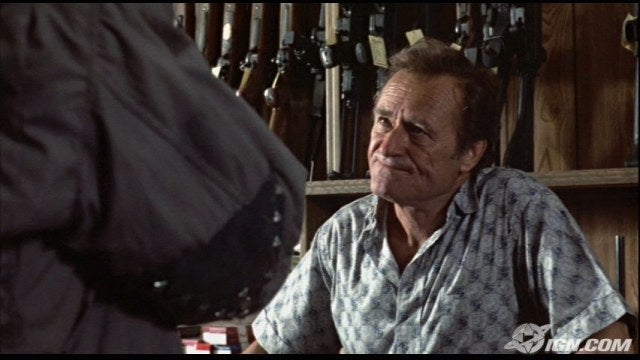- Joined
- 27 December 2005
- Messages
- 17,748
- Reaction score
- 26,421
That seems unlikely, because that would mean downward facing vertical fins. I would imagine the bottom would be extremely flat in a few facets, given the high altitude mission.
LowObservable said:Are we sure that this puppy is Senior Peg?
ATB had a ferocious RCS spec, so I'd be very surprised to see edge alignments all over the place, let alone a leading-edge kink. Remember that the RCS group at Northrop wanted a continuous, straight, razor-sharp leading edge, and the onluy concession to aerodynamics on the B-2 was the "toothpick" LE, sharp at the nose and tips and blunter at midspan.
My understanding of the evolution from Have Blue to ATA-B and then to Senior Peg was that ATA-A (F-117) was minimum change, ATA-B incorporated some curvature and some rounding of the facet boundaries, and that Senior Peg represented a broadened-out at larger version of ATA-B. The infamous Gene Salvay interview in Wings seems to describe an interim design, but with a sweptforward tail like the Goodall picture.
elmayerle said:Does this collection of information include the various configuration studied in 1983 when the low-altitude role was added?

elmayerle said:Unfortunately, no, I don't have any saved data and Pico had fairly good security on checking outgoing briefcase, attache cases, etc. I do remember one alternate configuration which had the engine inlets in the lower leading edge of the wing, just outboard of the radar units; there was quite an S-duct going back to the engines.
Orionblamblam said:elmayerle said:Unfortunately, no, I don't have any saved data and Pico had fairly good security on checking outgoing briefcase, attache cases, etc. I do remember one alternate configuration which had the engine inlets in the lower leading edge of the wing, just outboard of the radar units; there was quite an S-duct going back to the engines.
A reconstruction drawing could be made, though it would be nothign more than "hearsay." What was the planform like? ANy other notable differences?
Matej said:I think it was not posted before - two special airframes for B-2 static tests.
Matej said:I think it was not posted before - two special airframes for B-2 static tests.
shadeone said:1994 satellite image of the two "iron birds" sitting at palmdale:
[Edit - link dead - Admin]
shadeone said:anyone got any more?
Orionblamblam said:This came fromt he rect Av Week article. However, I *know* i've seen this drawing before. I'm looking for a higher resolution version of it... if anyone can point me towrds it, I'd much appreciate it.
Anyway, this was apparently the first sketch of what became the B-2.
donnage99 said:I have a hard time swallowing the idea that lockheed's bid is stealthier than northrop on almost every frequency. Anyone can elaborate on this?
SOC said:Given that Ben Rich's statement was, basically, impossible as it would pertain to the ATB designs, I've wondered if he wasn't taken out of context or mixing his platforms...
Orionblamblam said:SOC said:Given that Ben Rich's statement was, basically, impossible as it would pertain to the ATB designs, I've wondered if he wasn't taken out of context or mixing his platforms...
Or:
1) Just wrong. Had bad data.
2) Dishonest. Salesmanship!
It's not unknown for good managers to say things that Just Ain't So. Look at von Braun and his claims about the A-11 and A-12.
